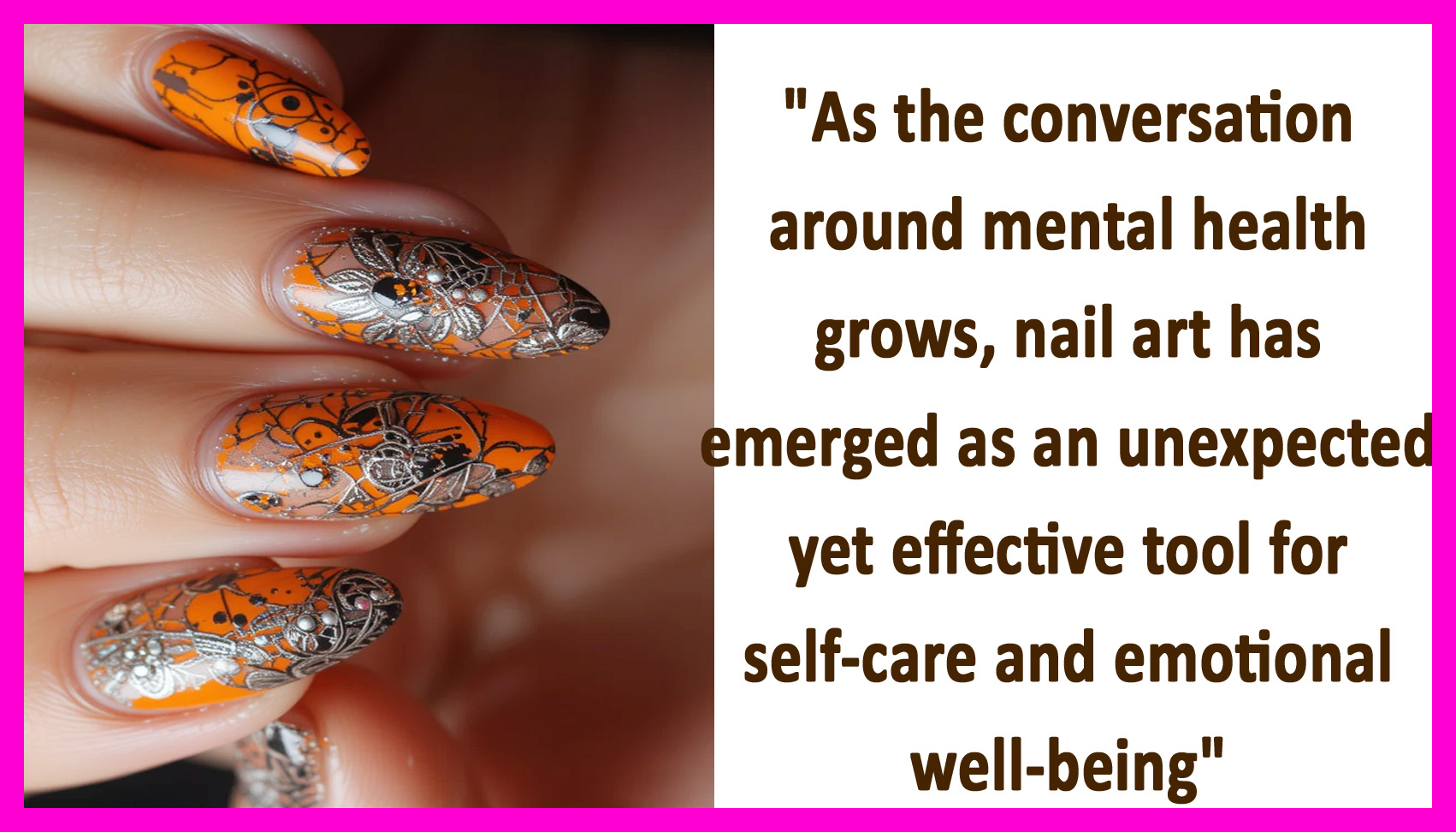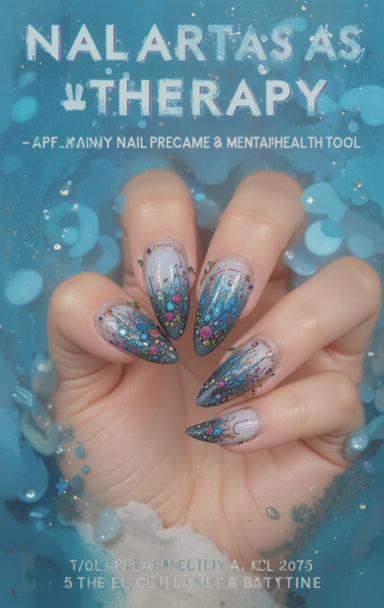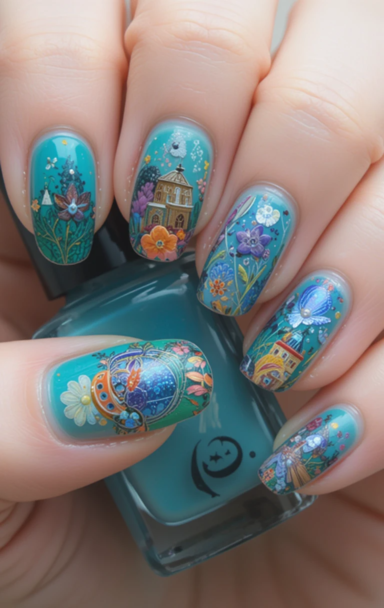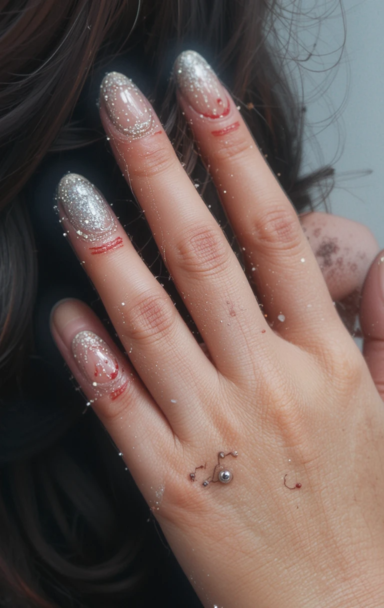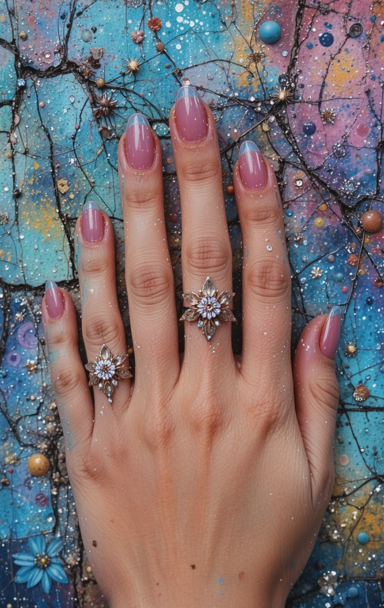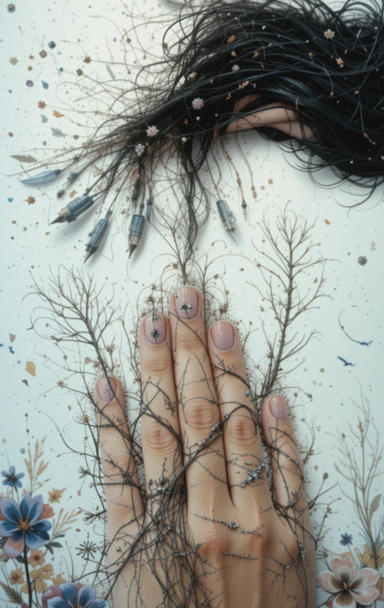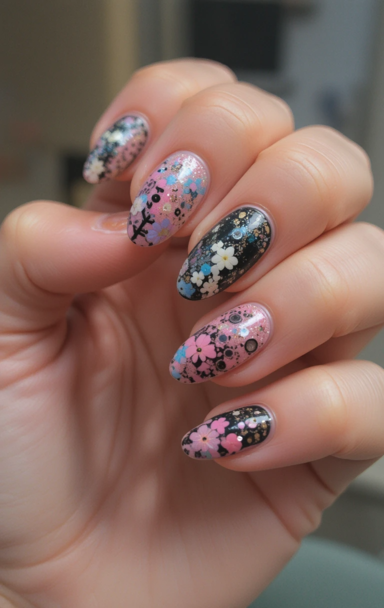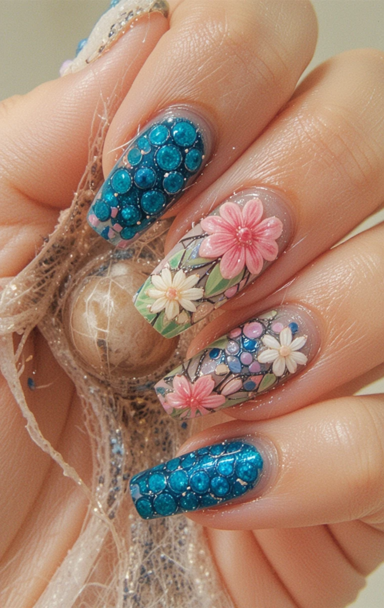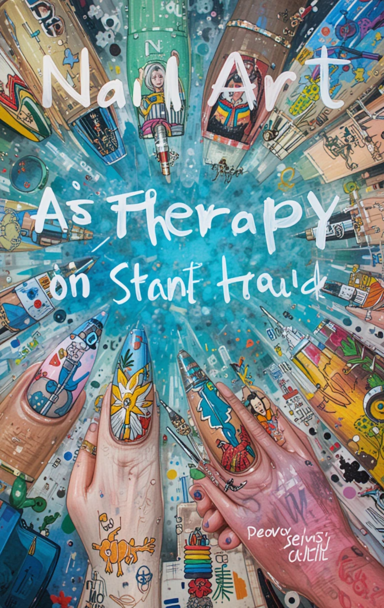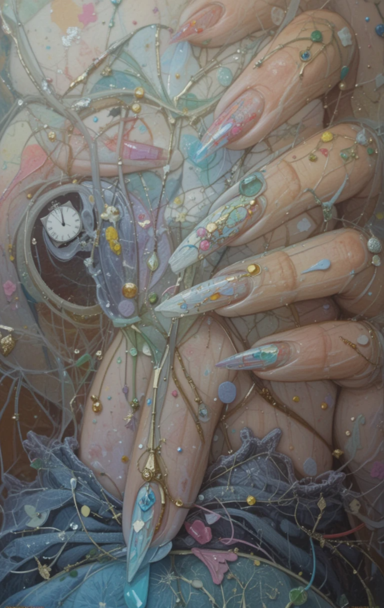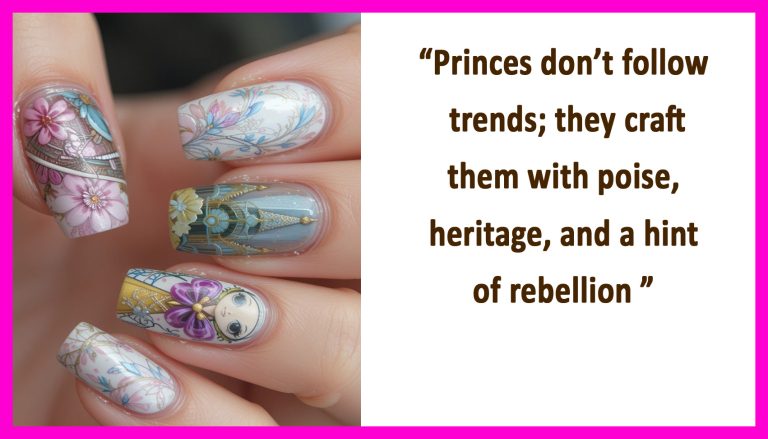Nail Art as Therapy: How Painting Nails Became a Mental Health Tool
Introduction
In recent years, nail art has transcended its status as a beauty trend to become a recognized form of therapy. Many individuals, from professional nail artists to everyday enthusiasts, have found solace in painting their nails, using the process as a way to relieve stress, express emotions, and regain a sense of control. As the conversation around mental health grows, nail art has emerged as an unexpected yet effective tool for self-care and emotional well-being. This article explores how nail art contributes to mental health, its psychological benefits, and the therapeutic effects of creative expression through this unique art form.
The Psychology Behind Nail Art and Mental Health
Art therapy has long been recognized as a powerful method for processing emotions, reducing anxiety, and promoting relaxation. Nail art, though often overlooked in this context, falls under the same category of creative expression that helps individuals cope with mental health challenges. The psychological benefits of engaging in creative activities like painting nails include mindfulness, stress relief, and a boost in self-esteem.
Mindfulness and the Power of Focus
Mindfulness—the practice of being fully present in the moment—is a cornerstone of many therapeutic approaches to mental health. Painting nails requires focus, precision, and patience, which naturally encourages mindfulness. The act of carefully applying polish, creating designs, and waiting for layers to dry allows individuals to slow down and concentrate on the present moment. This mindful engagement can be particularly helpful for those struggling with anxiety, as it redirects the mind from distressing thoughts to a tangible, controllable task.
The Stress-Relieving Effects of Routine
For many people, having a consistent self-care routine is crucial for maintaining mental health. The repetitive, structured process of painting nails—choosing colors, prepping the nails, applying polish, and finishing with designs—provides a sense of stability and predictability. Engaging in a calming routine can help reduce stress levels, offering a therapeutic break from the chaos of daily life.
Creative Expression as Emotional Release
Emotional expression is vital for mental well-being, and creative outlets such as nail art provide a unique way to channel emotions. Colors, patterns, and textures can be used to reflect a person’s mood, helping them externalize feelings that might be difficult to express verbally.
Color Psychology and Emotional Impact
Different colors evoke different emotional responses, making color selection an important aspect of nail art therapy. For example:
- Blues and Greens: Associated with calmness and tranquility, these colors can help soothe anxiety and promote relaxation.
- Reds and Oranges: Known for their energizing and confidence-boosting effects, these colors can be empowering.
- Pastels: Soft, muted colors often provide a sense of comfort and emotional warmth.
- Black and Dark Shades: Often used as an expression of depth, reflection, or strength, dark colors can be a way to externalize intense emotions.
By consciously choosing colors based on mood or desired emotional state, individuals can use nail art as a form of emotional regulation.
Symbolic Nail Designs and Personal Meaning
Nail art also allows individuals to incorporate symbols, patterns, or meaningful designs that hold personal significance. Some may paint their nails with motifs representing strength, hope, or healing, while others may use seasonal or nature-inspired themes to connect with feelings of renewal and change. The ability to create something personal and meaningful fosters a sense of identity and self-empowerment.
The Role of Nail Art in Building Confidence and Self-Esteem
Personal appearance and self-esteem are closely connected. While beauty is often dismissed as superficial, engaging in self-care rituals like nail art can have a profound impact on self-confidence and emotional well-being.
A Sense of Accomplishment
Completing a nail art design, no matter how simple or intricate, can provide a sense of achievement. This feeling of accomplishment can be particularly beneficial for individuals struggling with depression or low self-esteem, as it reinforces the idea that they are capable of creating something beautiful and worthwhile.
Enhancing Personal Identity and Self-Expression
Nail art allows individuals to experiment with their identity and express their personality in a non-permanent way. Whether someone prefers minimalist designs or bold, statement-making art, their nails can serve as an extension of their character and emotions. This form of self-expression can be particularly helpful for individuals who feel stifled in other areas of their lives.
Nail Art as a Social and Supportive Activity
Human connection is essential for mental health, and nail art provides a way to engage socially. Whether done alone as a personal ritual or shared as a communal experience, painting nails can foster connection and support.
The Therapeutic Benefits of Salon Visits
For many, visiting a nail salon is not just about getting a manicure; it is a social and therapeutic experience. The relaxing environment, friendly conversations with nail technicians, and shared appreciation for creativity make salon visits a form of self-care that goes beyond aesthetics.
Nail Art Communities and Online Support Networks
The rise of social media has led to the formation of online nail art communities where enthusiasts share designs, offer encouragement, and exchange tips. These virtual spaces provide a sense of belonging and support, particularly for those who may feel isolated. Engaging with a creative community can help reduce feelings of loneliness and increase overall well-being.
Nail Art and Mental Health Awareness Campaigns
Many mental health advocates and organizations have recognized the power of nail art in spreading awareness and fostering discussions around mental well-being. Campaigns such as “#EndTheStigma” nail art designs or manicures dedicated to mental health awareness colors (e.g., green for mental health advocacy) have gained traction on social media.
The Future of Nail Art as Therapy
As the understanding of mental health continues to evolve, the therapeutic value of nail art is gaining more recognition. Future trends may include:
- Guided Nail Art Therapy Sessions: Mental health professionals incorporating nail art into therapy sessions as a form of creative expression and stress relief.
- Mindfulness-Based Nail Care Workshops: Classes that focus on the meditative and therapeutic aspects of nail art.
- Innovative Nail Products for Wellness: The development of nail polishes infused with calming essential oils or mood-boosting ingredients.
Conclusion
Nail art has evolved beyond beauty trends to become a meaningful and therapeutic practice that contributes to mental well-being. Through mindfulness, creative expression, social connection, and self-care, painting nails has proven to be a valuable tool in managing stress, boosting confidence, and fostering emotional healing. Whether done professionally or as a personal ritual, nail art continues to serve as a form of therapy that allows individuals to take control of their mental health, one brushstroke at a time.

